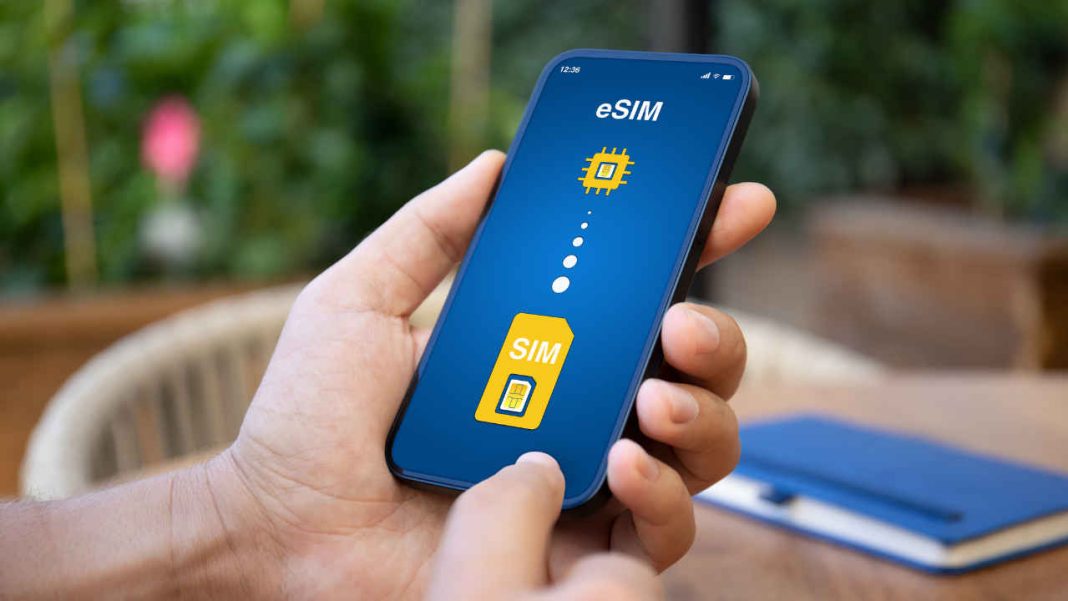Mumbai Doctor Loses Rs 11 Lakh in e-SIM Upgrade Scam
A South Mumbai doctor lost over Rs 10.5 lakh in a sophisticated e-SIM upgrade scam after fraudsters posing as telecom representatives tricked him into sharing a critical OTP. The incident, which occurred in September, highlights growing digital security threats where criminals exploit user trust to gain control of personal and financial accounts.
Key Takeaways
- Fraudsters impersonated telecom staff to offer a fake e-SIM upgrade
- Victim unknowingly shared OTP, leading to SIM and email compromise
- Over Rs 10.5 lakh siphoned from bank account through multiple transactions
- Mumbai Police cyber cell arrested one suspect in Pune
How the Scam Unfolded
The doctor received a call from someone claiming to be a telecom company representative offering to upgrade his physical SIM to an e-SIM. Lured by the convenience pitch, he opened his provider’s official app and followed the caller’s instructions.
“Moments later, he received an OTP, which he unknowingly shared,” according to the investigation. The caller assured him his physical SIM would be deactivated within 24 hours.
Two days later, the victim’s email password was changed, and over Rs 10.5 lakh was transferred from his bank account to multiple destinations without his authorization.
Investigation and Arrest
Following a complaint to the Mumbai Police cyber cell, investigators tracked down a hospital office boy in Pune who had allegedly rented out his bank account for the fraudulent transactions. One suspect has been arrested in connection with the case.
What is an e-SIM?
An embedded SIM (e-SIM) is a digital version of the physical SIM card, built directly into your phone or smartwatch. It allows users to activate a cellular plan without inserting a physical SIM, making it convenient for frequent travellers and dual-SIM users.
How e-SIM Upgrade Scams Work
In such scams, fraudsters impersonate telecom staff and claim there’s a problem with the SIM. They persuade victims to share OTPs or click on fake upgrade links. Once they capture the OTP, they deactivate the original SIM and activate a duplicate e-SIM on their own device, gaining control over the victim’s number and access to bank accounts, emails, and digital wallets.
Protection Guidelines
Authorities, including India’s Indian Cyber Crime Coordination Centre (I4C), urge users to:
- Never share OTPs over calls or messages
- Avoid clicking unsolicited e-SIM or SIM upgrade links
- Contact telecom provider immediately if fraud is suspected
- Report incidents on cybercrime.gov.in







